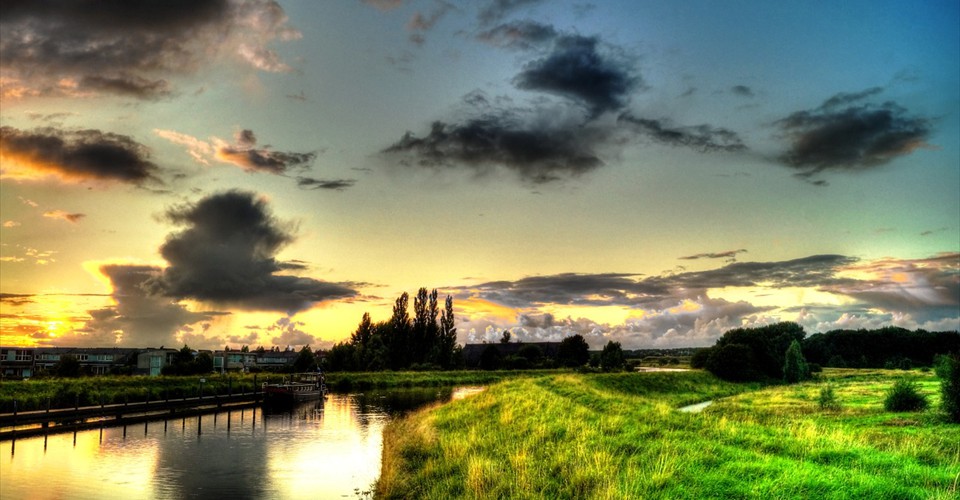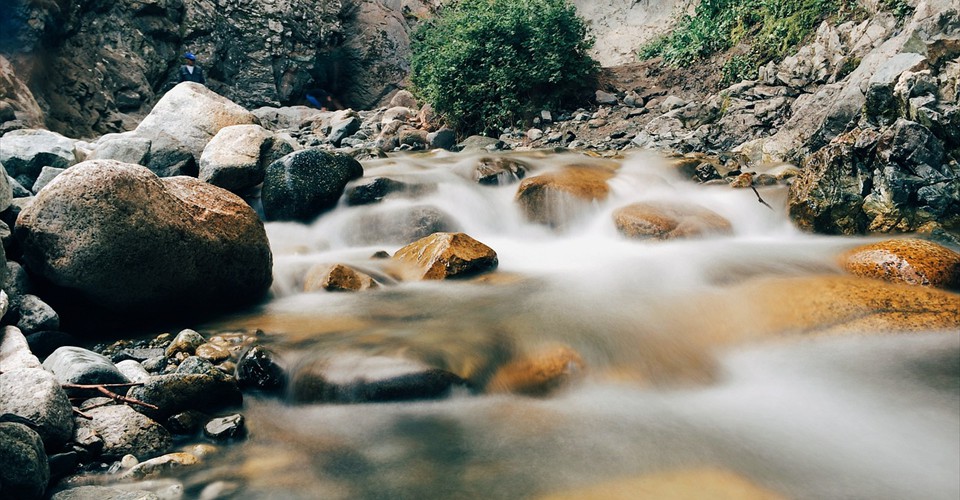Notation
System
The notation system in North India is called Swarlip Paddhati which is recognized as the major tool in transcribing Indian Classical music. In western music, there are various patterns of notation systems but staff notation is highly recognized all over the world. It is well understood that a standard notation system is only the way to write music in a systematic way. That's why Bhatkhande Swarlipi Paddhati is one of the recognized and widely following notation systems in India to write Hindustani Classical Music.
In
India, current Music legacy comes from the oral tradition and long heritage of music since from per Vedic period. There are so many testimonials that provide solid proof of transcribing the music during the Vedic period to the ancient period to the medieval period. Notation or the symbol or the sign were used in past centuries to denote the musical terms in written form. The Stone inscription or the wall painting found in the different caves are other testimonials that show the musical legacy in India. Acharya Bharat in Natyashastra, Acharya Matangmuni in Brihaddesi, Narada in Sangeet Makarand, and Pandit Sharangdev in Sangeetratnakar have described the pattern of writing music in the various terminology but nobody follows similar patterns throughout the period. Pandit Vidyarane and Pandit Vyankatamakhi of Tanjour have discovered the pattern of writing music around the 15th century. Later Pandit Ahobal, Pandit Lochan, Pandit Shrinivasan added their own perspectives to make the notation system systematic but could not get well recognization. Kshetra Mohan Goswami, Dwijendranath Tagore, and Jyotirindranath Tagore in Bengal also discovered a different pattern of Swarlipi in Rabindrasangeet but the Aakarmatrik Swarlipi discovered by Jyotirindranath Tagore was established as the main notation system by Gurudev Rabindranath Tagore. Various scholars and intellectuals had done a tremendous effort
to form a systematic notation system of the oral tradition of Indian classical music in different times period. The renowned musicologist of the 20th
century Pt. Vishnu Narayan Bhatkhande is one among all who systematic the
terms of Hindustani classical music and restructured the symbols, alphabets-numeric letter,s and sign in a simple way that every person can understand the written music of Hindustani Music after basic guidance.
Another great musicologist and Guru Pandit Vishnu Digambar Paluskar and his linage of disciples have also discovered the notation system in Hindustani Music but it could not gets as popular as Pt. Bhatkhande Natation System. Here is the short outlook of the Bhatkhande Notation System that can guide you to understand the written form of Hindustani Classical Music.
Bhatkhande
Swarlipi Paddhati:-
Renowned
Musicologist Pandit Vishnu Narayan Bhatkhande introduce the simple format of
writing music in the early 20th century. The teaching and pattern later on famous
with the name Bhatkhande notation system in Indian Music. This pattern of
writing musical tones is widely popular in the South Asian subcontinent. The main
characteristic of Bhatkhande swirling is simple to understand. The terms symbol
and signature used in identifying the Swar, Taal, Matra are very simple and easily
understood by the beginners too. Here are the list of symbol and sign used in
Bhatkhande Notation system.
For Swar:-
1. & (Das under any swara indicate the komal
swar).
2. A (standing line above the Madhyam indicates Tivra Swar).
3. No
sign in any Swar means natural notes or Suddha Swara.
4. . (dot under each Swara
indicate the lower octave notes or Mandre Saptak Swar).
5. . (Dot above any Swar means higher octave notes or the tar Saptak Swar)
 6. (Semi Circle covering any Swar from below
means counting of all Swar in one matra).
6. (Semi Circle covering any Swar from below
means counting of all Swar in one matra).
 7. (Semi circle above covering any Swar means the meed or the note from where particular notes start to come to
the main note).
7. (Semi circle above covering any Swar means the meed or the note from where particular notes start to come to
the main note).
8. (lk) -(Sa) (Bracket Swar means the Khatka or Murki spell around one Swar i.e., (lkjslkfu)- (SRNS) in a hidden way. Khatka is the term more commonly used in Dhrupad and Khyal Style and Murki is a part of Semi-Classical forms like Thumri, Dadra, Tappa Geet and Ghazals.
9. & (Dash in between the two Swar means the enlargement of the previous swar or sometimes counted as rest
space.)
10. ·
(· denotes the pause between the bandish poetry and
usually being used as the long spell or previous alphabet to ornament the beauty
of singing as well as playing an instrument)
For Taal :
·
X (cross sign below the bols of any tala means the sum or the first
matra of tala. This type of signature is commonly used in Bandish and tala).
·
0 (zero indicates the Khali of the tala. It is used in tala notation as
well. In Bandish these signs are the time signature to identify the rotation of
the Bandish).
·
1, 2, 3 (usually write under the first note of any Vibhag to denotes
the tali and counting of rhythm in music).
·
A&A&A&A (vertical lines used in
separation the counting of rhythm in Bhatkhande notation system is called Vibhag. This simplifies the understanding of Raga and tala rhythm cycle with tali
Khali).














